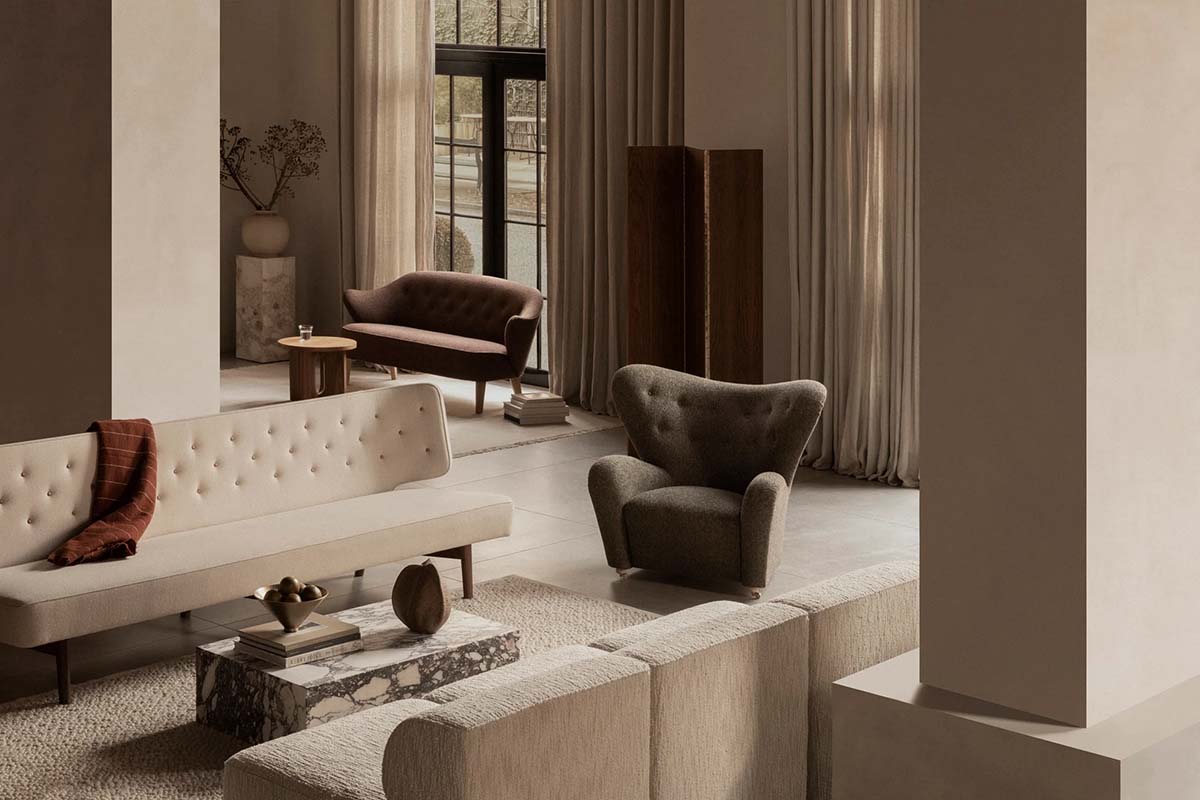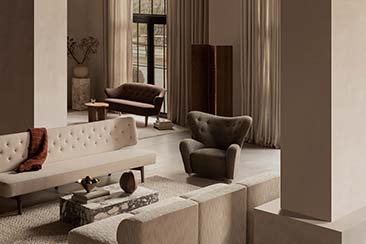Scandinavian design, often referred to as Scandi design, has become synonymous with minimalism, functionality, and understated elegance. With roots in mid-20th century Scandinavia, Scandi design encompasses furniture, home goods, fashion, and architecture. Two well-known Danish brands operating in this area are Audo Copenhagen, which offers lighting and accessories, and Louis Poulsen, which is famous for stylish lighting.
Some key features that define the Scandi aesthetic include:
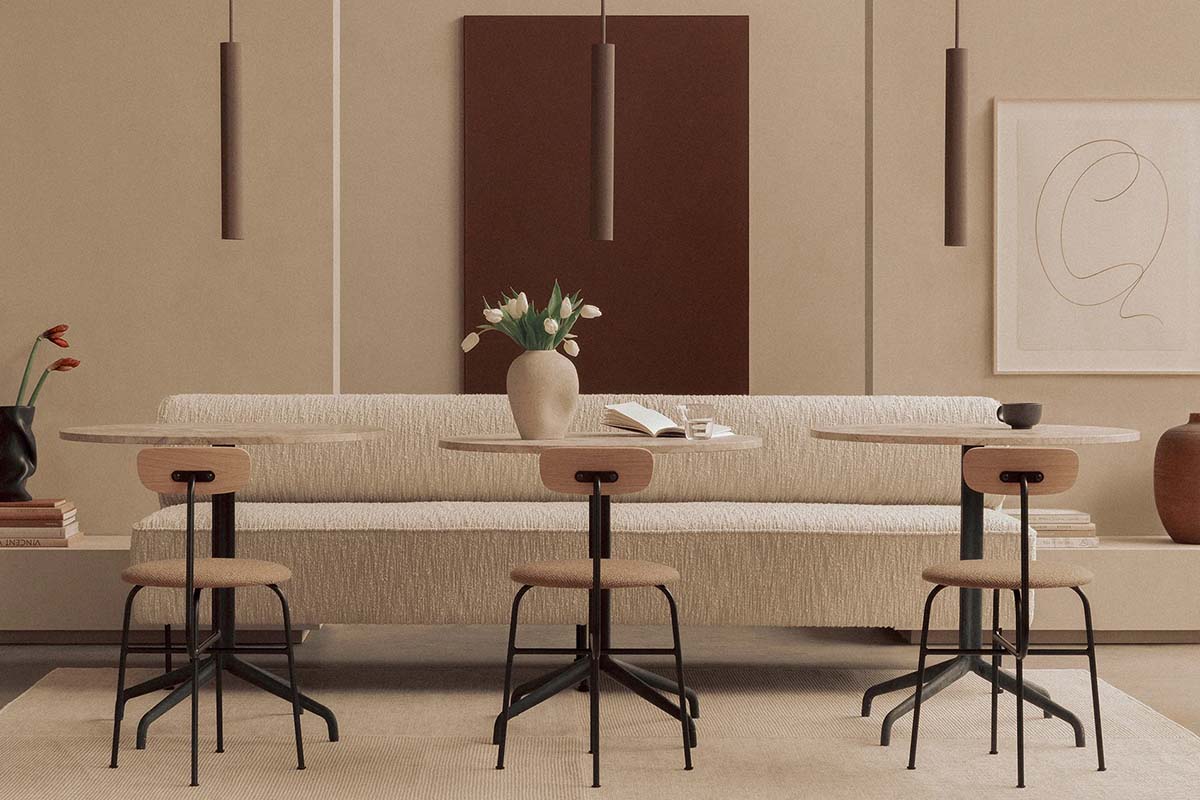
© Audo Copenhagen.
Simplicity and Minimalism
Scandinavian interiors are characterised by an emphasis on simplicity, minimalism, and functionality. Scandi homes typically have clean lines, plenty of white and neutral tones, and very little clutter. Furnishings and décor items are carefully curated rather than haphazardly collected. The Scandinavian ethos values living with less but higher quality, well-designed items. This creates serene, clutter-free spaces.
Natural Materials
Scandi designers embrace natural materials like wood, leather, cotton, wool, ceramic, and stone. These raw, organic materials add warmth and texture to otherwise minimalist spaces. Light-coloured wood like ash, oak, birch, and pine are commonly used for Scandi-style furniture and flooring. The use of natural materials connects the home to the Scandinavian landscape.
Functionality and Practicality
Scandinavian design always prioritises function over form. Products are created to be useful and practical for daily life. Furniture and household items have clean, intuitive designs that make them easy to use, as seen in Danish design, such as furniture from Audo Copenhagen, a brand of Flos B&B Italia Group, which has fluid, gently curving shapes. Space-saving and multi-functional pieces are popular for smaller Scandinavian homes. Practical textiles like cotton and wool that stand up to everyday wear are preferred over more delicate fabrics.
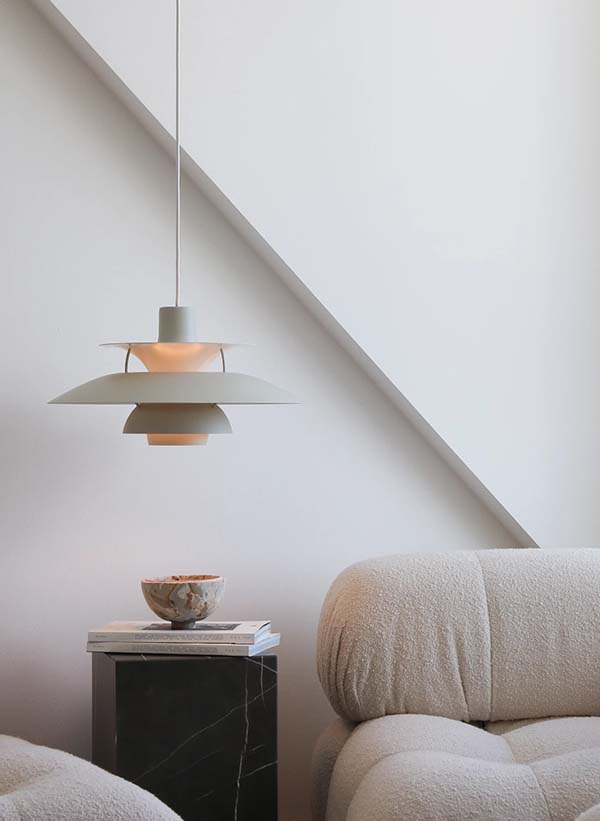
© Louis Poulsen.
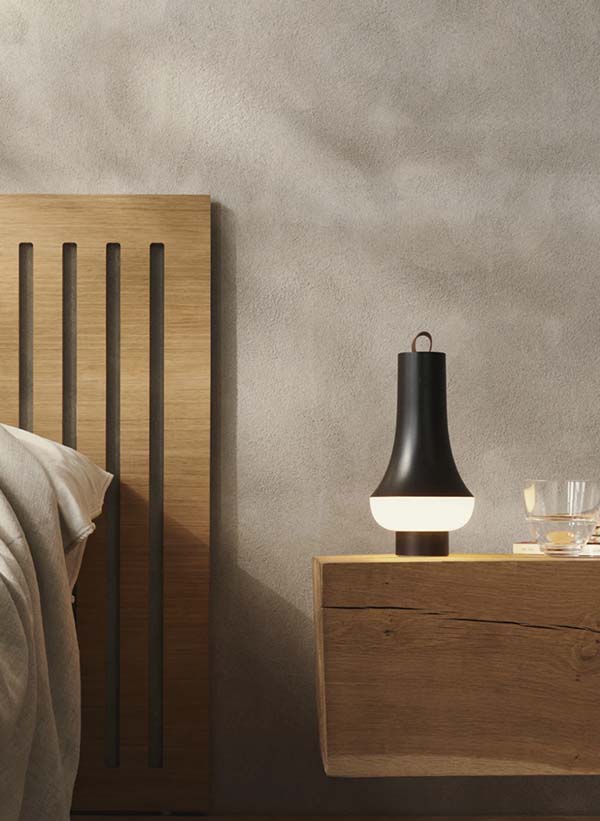
Stylish Lighting
Lighting plays a key role in creating the clean, bright, and minimalist aesthetic that Scandi style is known for. Large windows that let in abundant natural light are a hallmark of Scandinavian homes. When artificial lighting is used, the goal is to mimic daylight as closely as possible. Overhead lighting is typically avoided in favour of multiple layered light sources like floor lamps, table lamps, wall sconces, and pendant lights, such as the beautiful, coloured glass lighting pieces from the Louis Poulsen and Home in Heven collaboration.
Connection to Nature
Scandinavian design seeks to blur the lines between indoor and outdoor. Large windows, skylights, and glass walls let in plenty of natural light and connect interiors to the outdoors. Scandi homes often incorporate houseplants, fresh flowers, rattan, and natural wood to evoke nature. Colour palettes echo the muted blues, greens, browns, and greys found in the Nordic landscape. Many Scandinavian homes open directly onto a deck, patio, or garden.
Understated Elegance
Scandi style balances simplicity and functionality with an understated elegance. Clean lines, muted colour palettes, and high-quality materials come together to create refined, sophisticated spaces. Scandi designers employ precise craftsmanship and attention to detail in their work, be it a piece of furniture, a lamp, or a building. The result is a quiet, graceful beauty.
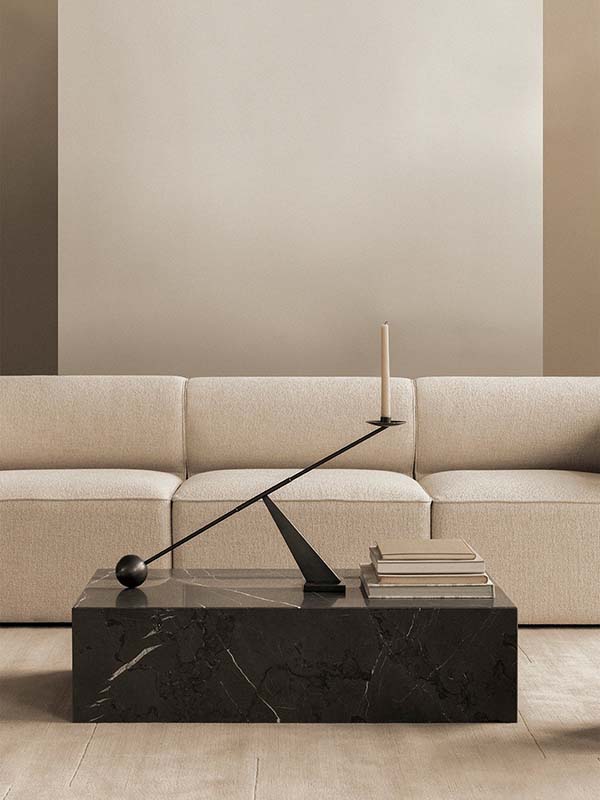
Colin King with Audo.
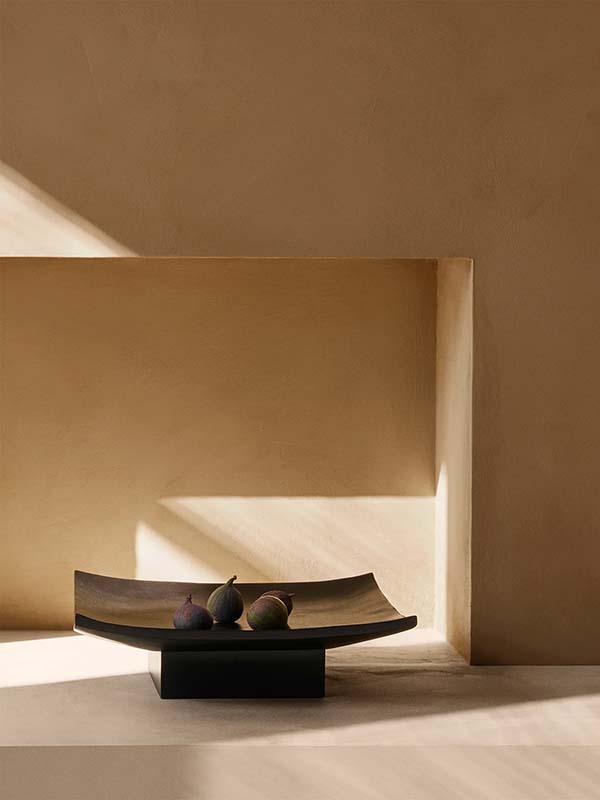
Scandinavian Lifestyle
Scandi design reflects the Scandinavian lifestyle. Long, harsh winters and short days have led to a focus on creating warm, welcoming, well-lit homes. Space constraints mean prioritising multi-functional furniture. An emphasis on family and cosiness is reflected in the use of natural materials that add comfort and texture.
Some Scandi brands have collaborated with artists to produce one-of-a-kind interpretations, such as Louis Poulsen x Home in Heven artistic interpretations of the iconic Pale Rose Collection by Breanna Box and Peter Dupont, which produced some striking light designs, and Colin King with Audo, who has designed the Audo accessories collection, from contemporary mirrors to elegant planters.
Ultimately, Scandi style embraces simplicity, functionality, and minimalism without sacrificing beauty or comfort. This creates liveable, human-centred homes that reflect Scandinavia’s unique culture and environment.
Scandinavian design has emerged as one of the most influential and recognisable aesthetics in today’s interior design world. By blending minimalism, functionality, natural materials, and understated elegance, Scandi style creates serene, welcoming, and practical spaces that reflect the best of Nordic living. The pared-back aesthetic and focus on quality over quantity continue to inspire designers and homeowners globally.
